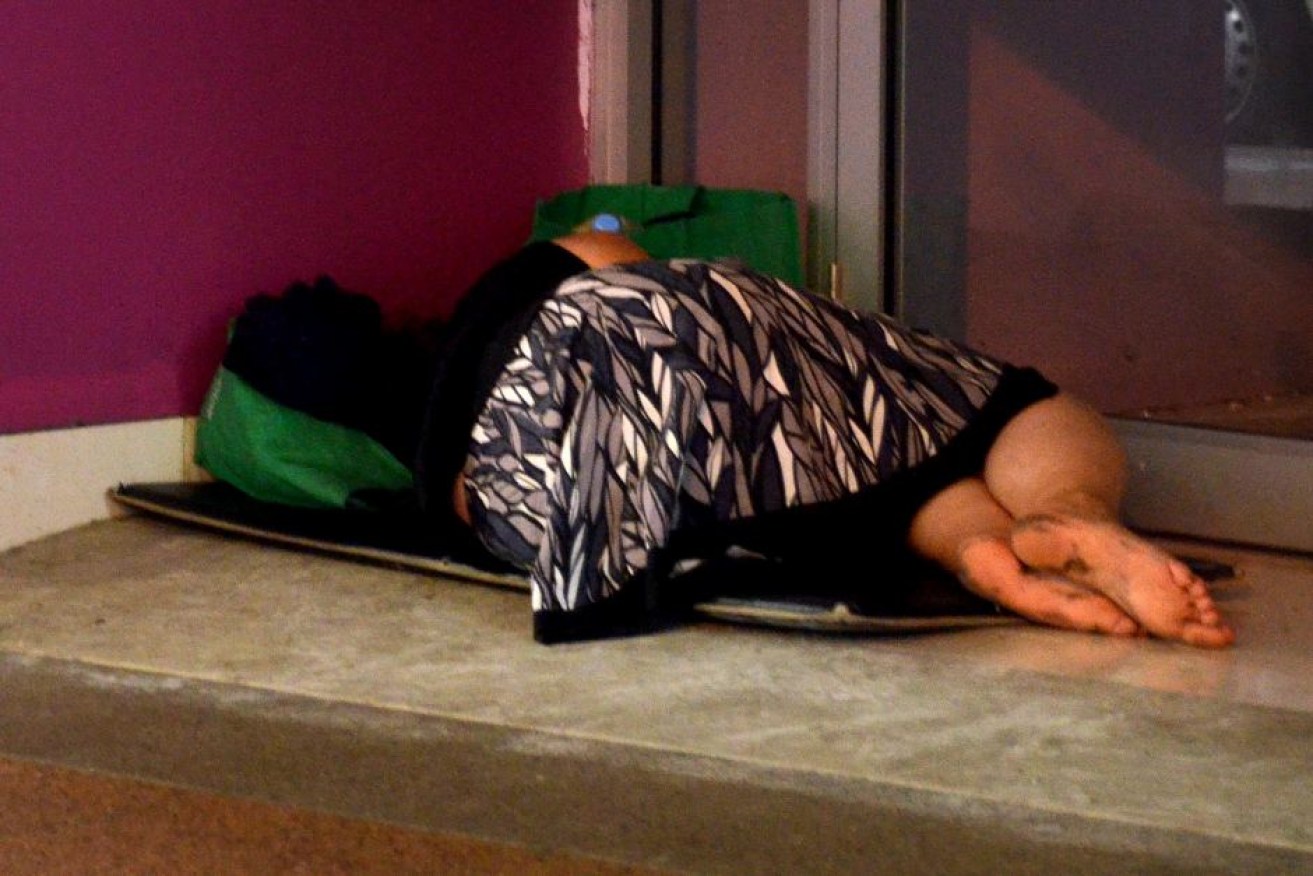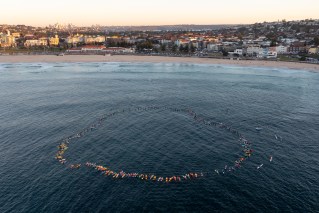Poverty, homelessness, violence – how can we better protect women?
Women remain at greater risk of poverty and homelessness, particularly single mothers and those escaping domestic violence or family breakdown – even at an older age.

Women remain at greater risk of poverty and homelessness, particularly single mothers and those escaping domestic violence or family breakdown – even at an older age.
This gender and age bias underpins new figures showing Australia has a higher rate of poverty than similarly developed countries and Queensland is experiencing a surge in urgent requests for social housing.
Tragically, in a week in which a Brisbane multiple murder suicide forced a rethink of domestic violence policies, it appears even those who survive abusive relationships face an uncertain future. This will call into question the level of government and corporate support for vulnerable members of society.
The latest national poverty report, released today by ACOSS and UNSW, points to some 3.24 million people living in poverty in Australia, including 774,000 children. The rate is above the average of Organisation for Economic and Social Development Countries.
Good Shepherd CEO Stella Avramopoulos today said it was important to note that poverty disproportionately impacted women in Australia.
“Single parent families, 83 per cent of whom are female-led, remain the family type with the greatest experience of poverty,” Avramopoulos said, noting that changes to welfare payments had pushed many over the poverty line.
Avramopoulos, who congratulated ACOSS on the report, said domestic and family violence could not be overlooked as a key contributor to poverty.
“One in six women have experienced intimate partner violence,” she said.
“Women who have experienced this abuse often suffer financial insecurity, unemployment and a lack of secure housing.”
Relationship breakdowns, interrupted employment, little or no superannuation and reduced financial security also compound these issues for older women.
Queensland Police Commissioner Katarina Carroll told ABC radio today that while the number of domestic violence complaints was increasing, it was still underreported, and more work needed to be done to protect women throughout their lives.
Carroll said that while Domestic Violence Orders had become more effective in responding to emergency situations, it was clear that prevention and support were crucial.
“It just doesn’t start at the end of the line, it starts a lot, lot earlier than this, it starts in the home, it starts in the school, it starts around conversations around equality and respect,” Carroll said.
The State Government has a housing strategy that identifies women and children escaping domestic and family violence as a group in particular need of support.
A report from the Domestic and Family Violence Implementation Council, tabled in parliament two weeks ago, stated that members had “consistently heard about the urgent need for access to safe and stable housing to help victims escape, and recover from, domestic and family violence”.
However, new figures tabled in parliament on Thursday revealed a dramatic increase in the number, and proportion, of social housing applications from those most in need. The government defines “very high” need as those who are homeless or inappropriate accommodation, and have struggled to access and maintain a private rental property.
At the end of October, there were 11,266 applications classified as “very high” need, which was 55.93 per cent higher than a year earlier and 25.15 per cent higher than in October 2017, with growth accelerating each year. As a proportion of all applications, the “very high” segment has gone from a 33.47 per cent share to 46.26 per cent over three years.
Even within that segment, classifications are tilting to the more serious side. On the latest available figures, as at June 30, some 6,948 people, 33 per cent of applications, were from people defined as “Homelessness A,” being those living on the streets, in makeshift housing, or temporary accommodation. That proportion had increased from 23.85 per cent at the end of 2016.
In the last six months of 2019, work began on 114 new social housing dwellings, with 531 yet to be started.












